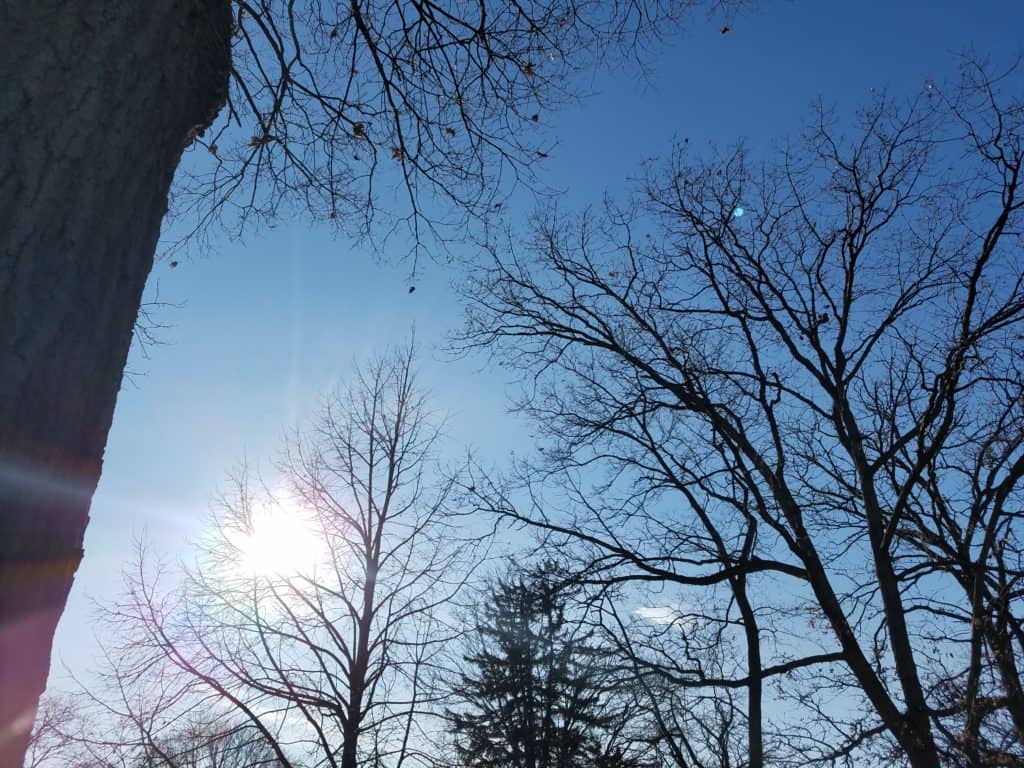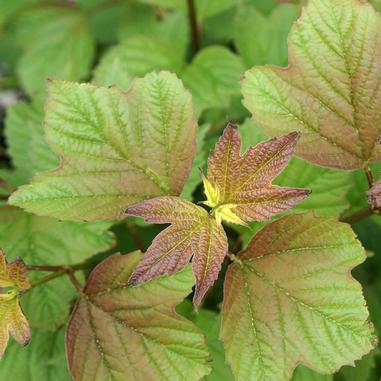
The cloudless sky bore the sun’s full potential while the earth exhaled and uncoiled, basking in its warmth and affection. The landscape seemed to soften and stretch in the golden rays as all of God’s creatures took advantage of her benevolence. A rare gift indeed.
Days like these are few and far between. During mid-Winter to early-Spring, birds benefit from an augmented diet as Fall’s seeds are mostly gone, and insects have yet to make an appearance. Birds don’t necessarily need our help, but why not offer it and relish their presence?
Before you begin parsing out bread scraps, which is technically never advisable, or buying seed, take a moment to learn what to feed them and how. There’s even tips for attracting certain birds with their favorite fare:
It’s recommended to choose one type of food. In other words, consider offering sunflower seeds, thistle seeds or suet cakes as opposed to a mix of seeds. It’s believed you’ll have more success and less waste.
It’s important to keep feeders clean by occasionally washing with soap and water. Further still, toss any moldy seeds as they can sicken birds.
There are three different types of feeders – cages that hold suet cakes, thistle feeders that are cylindrical and have tiny holes, so smaller-billed birds can feed, and hopper style feeders. It’s recommended to find a feeder that comes with a squirrel baffle, but none are 100% squirrel proof.
Chickadees prefer sunflower seeds, suet and peanuts. Usually, you’ll only see one Chickadee feeding at a time as there’s a pecking order (no pun intended).
Cardinals prefer sunflower seeds. Consider buying shelled sunflower seeds as they are less messy but more expensive.
Goldfinches have a penchant for thistle seeds. If you want to attract these dainty beauties, opt for a thistle feeder, which will also keep bigger birds at bay.
Woodpeckers, though quite adept at finding larvae and insect eggs within tree bark, will eat suet and peanuts.
Remember to offer water when possible as it is equally as important as food. Heated birdbaths are available that keep water from freezing. Then, with a little patience and know how, you’ll be enjoying frequent visits from our feathered friends.
Plant of the Week

Highbush Cranberry Viburnum
Large, native shrub produces showy white flower clusters in mid-Spring amongst dark green foliage that matures to yellow then reddish-purple in Fall. Abundance of scarlet berries remain through Winter as an excellent food source for birds and wildlife. Prefers sun to partial sun, and moist, well-drained soil. Grows 8-12′ tall and 8-12′ wide.
“A bird does not sing because it has an answer. It sings because it has a song.”
-Chinese Proverb
Warm wishes,
Kim Sweeney

Watching all the different kinds of birds at the feeder is a lot of fun-give it a try.
I couldn’t agree more!